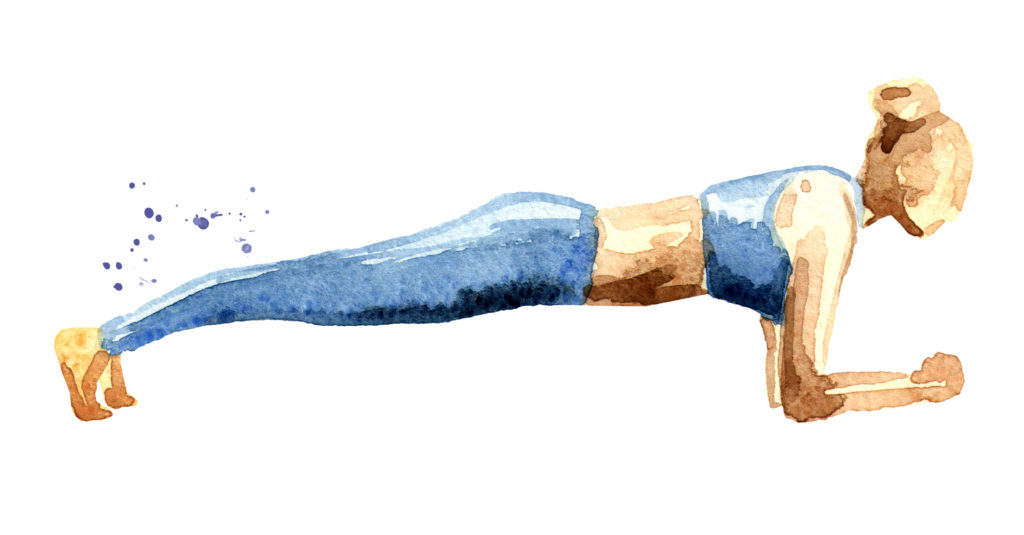A Treble Stirred, Rather than Shaken
Movement is fundamental to our general well-being, whether physical or mental. A whooping 55% of Americans are deemed not regularly active, while 15% get absolutely no physical activity at all!
However, how are physical activity, exercise, and fitness interrelated and how do they differ? Maybe best to start by defining them…
Defining the Culprits
Physical Activity is scientifically defined as “any bodily movement produced by skeletal muscles that result in energy expenditure”. Or more simply put, it is movement that involves contraction of your muscles. Examples of this are any of the activities that we perform throughout the day in all the areas of our lifestyle, whether household, occupational or leisure, the latter normally pairing up with the performance of an exercise routine or plan.
Exercise is, therefore, a specific form of physical activity. We plan around it; it has purpose. The goals of indoors and outdoors exercise programs are as varied as there are people on this Earth. But most commonly, exercising involves the acquisition of fitness and other health benefits.
Fitness is an end result or an objective. It is normally associated with the status of your physical health. Fitness derives from both of the above and garners a physical (and mental) shape that makes human beings suitable to perform tasks. There are, however, endless facets to fitness, including but not limited to…
-
Physical Fitness
Physical activity and exercise are both components of physical fitness. For example, a flexibility routine normally makes us limber, which in turn helps us to not get hurt.
-
Cardiovascular Fitness
With age, cardiovascular (CV) fitness gains relevance. The American Heart Association recommends 150 minutes of moderate intensity CV exercise weekly or 75 minutes of high intensity CV exercise per week.
-
Enhanced Fitness
Fitness doesn’t just depend on the physical exertion you perform, but how vigorously and for how long you extend the activity. At whatever point you are in your physical fitness curve, it is paramount to exercise within your target heart rate range for cardio by reaching the optimal level of intensity.
-
Mental Fitness
Regular exercise and physical activity have a crucially positive impact on depression, anxiety, and ADHD. Plus, the proverbial release of hormones tends to appease our stress levels, a life-enhancer in and of its own that ultimately gives us peace (and pleasure) of mind.
Mens Sana in Corpore Sano
Classic Roman poet Juvenal coined the Latin phrase Mens sana in corpore sano in his diatribe for a desirable life. It is often translated as “a healthy mind derives from a healthy body”. Indeed, regular exercise is an important —essential even— part of psychological well-being.
Taking it one step further, the Japanese sports footwear company ASICS stands for Anima Sana In Corpore Sano, or a healthy soul within a healthy body.
Doctor’s Orders
From a doctor’s point of view, fitness elicits strength, flexibility, and endurance, both from a physical and a mental standpoint, while exercise conjures ideas and methodology concerning injury prevention and pain management, the importance of both of which cannot be overstated.
Certain caveats should be obeyed at all times, namely:
- Do not exercise when in pain
- Sprains/strains can happen at any time, although usually from the most mundane of activities
- Consult your doctor when in pain
- Nonpharmacological pain treatments include rest, elevation and applying ice to the areas that are hurt
Sources:
https://www.everydayhealth.com/fitness/basics/difference-between-exercise-and-physical-activity.aspx
https://bmcpublichealth.biomedcentral.com/articles/10.1186/1471-2458-8-352
https://www.helpguide.org/articles/healthy-living/the-mental-health-benefits-of-exercise.htm


